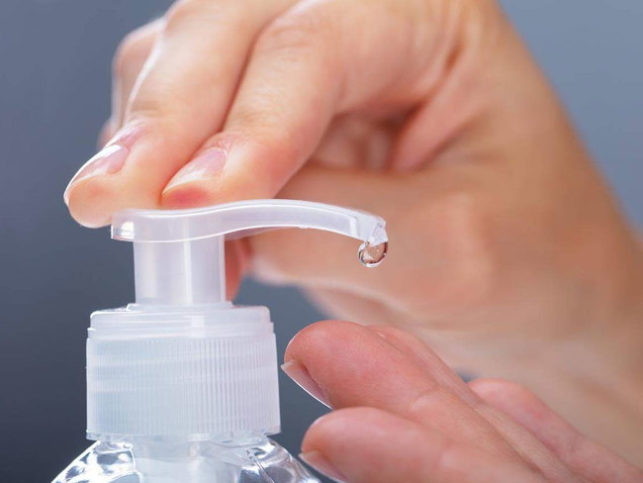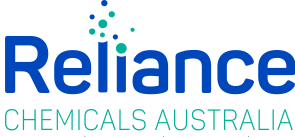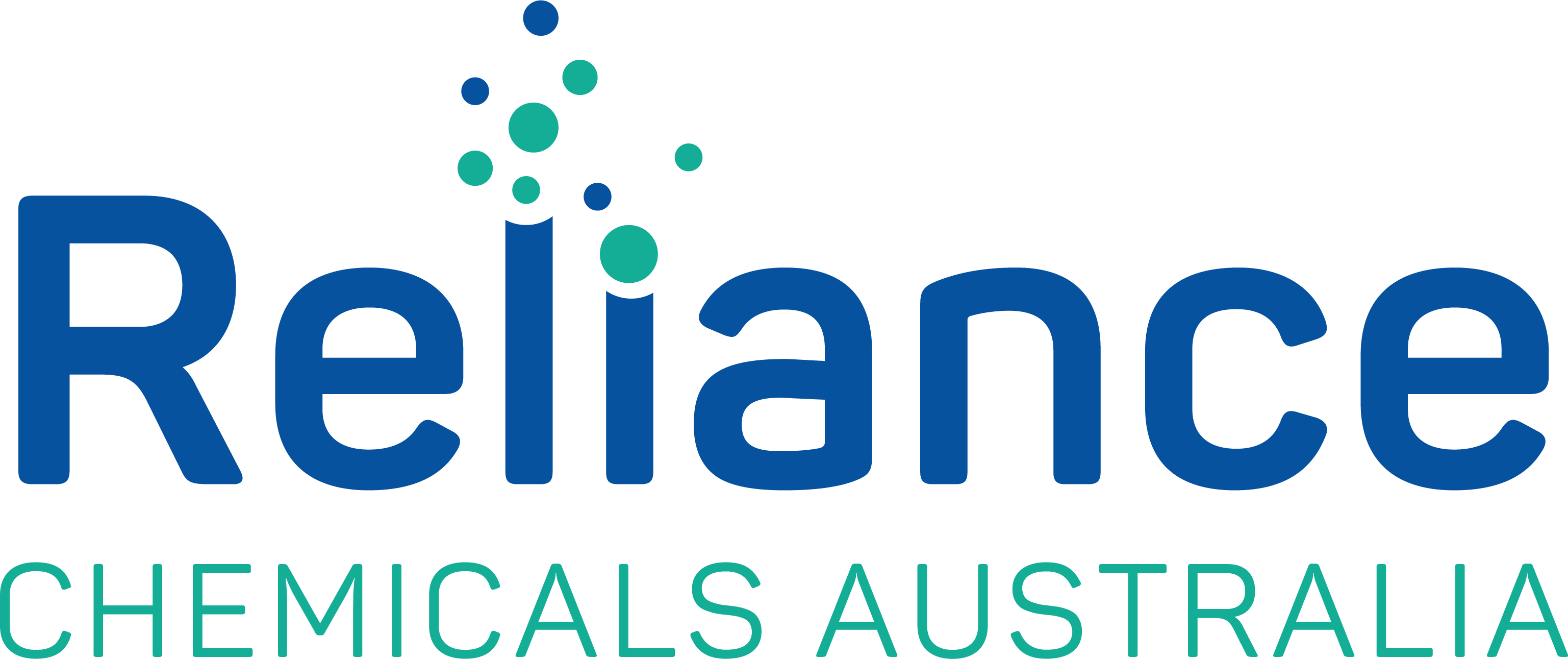
- by
- Hospitality
Different Types Of Sanitisers and Tips on Choosing Them
We all know how vital disinfecting products have become these days owing to the global pandemic. Various types of disinfectants and sanitisers are available in the market.
Just think, how difficult would sanitisation have become if we didn’t have these sanitisers? From this content, you will get to learn the use of different types of sanitisers. Moreover, we will also describe their importance and tips on selecting them.
Why do people need to use Sanitisers?
Germs spread everywhere and even in the smallest of the corners. They can come in contact with you and make you affected during everyday tasks. One of the most significant measures you can make to prevent them is the frequent washing of hands.
You also need to clean other body parts which come in direct contact with them.
The combination of soap and water is the most effective formulation in gaining cleanliness. But soap and water is not always an accessible option.
That is why sanitisers come into play. Hand sanitisers are one of the best products available to prevent disease and germs spread, according to the World Health Organization (WHO). In addition, you may help employees to improve their hand hygiene and make the office safer.
You can do so by installing hand sanitisers in strategic spots throughout the workplace and heavy traffic areas.Sanitisers are known found in various forms for killing and reducing the germs and viruses in our hands.
The experts typically suggest the alcoholic sanitiser after washing the hands with soap and water for use.Sanitisation can help decrease the number of germs and bacteria in your hands.
But they do not protect the hands of all forms of bacteria as per the Centers for Disease Controlling and Prevention (CDC).
How the sanitisers work in disinfecting the germs?
Each disinfectant has its active substance that damages the microbe cells and kills pathogenic substances. Some disinfectants mix the active substance with other cleaning agents.
They do so because they can be clean and disinfect at the same time effectively. These sanitisers are made for killing the harmful pathogens of hospitals and busy areas.
Meanwhile, low-level disinfectants can be used on floors, walls and counters in settings like households and commercial enterprises.
Again, these are places in which there is a low probability of hazardous bacteria.
The law requires producers to follow all applicable label requirements. These requirements include:
- Directions for use,
- Dilution rates, shelf life,
- Storage instructions,
- Compatibility of materials,
- Safe use
- Disposal instructions.
The Different types of Sanitisers and their use
In most commercial and industrial environments, numerous types of disinfectants are used. Below are some of the most common types:
Alcohol-based sanitisers –
These sanitisers are one of the most widely used ones out there. The most prevalent usage for sanitation is ethyl alcohol and isopropyl alcohol. Absolute alcohol does not work here very well. In the process of protein denaturation, alcohols kill germs.
This makes these formulations unbelievably powerful as cleansers.Alcohol bonds dismantle, expose and dissolve the germs, and kill the strong barrier around the germs.
These solutions generally require dry air and no towel or rinse. So, they may be used quickly and easily. These disinfectants are used widely for usage on the skin.
Hydrogen Peroxide based sanitizers:
These cleansers consist of colourless chemicals. People utilise them in cleaning a variety of products. These include personal products, household items and floors. These disinfectants are often used for purification and disinfection in hospital settings.
It works against several bacteria, germs and viruses. You can clean appliances, cutting boards, mirrors, windows, and bath floors are with hydrogen peroxide regularly.
Spray it on the surface to disinfect it, wait for the bubbles to reduce. After that, leave the surfaces for air dry or wipe with a clean cloth.
Quaternary compounds of ammonium (quat) —
We all want an excellent deodorising hand sanitiser, don’t we? These sanitisers are odourless and non-irritating. Quats can be combined as a 2-in-1 cleanser and disinfection in a range of detergents.
People implement Quaternary ammonium products for cleaning filthy floors, rails of the beds, cuffs of blood pressure and wall-partitions.
The factors you should Consider while Choosing Hand Sanitisers
Choosing a good hand sanitiser is difficult. When choosing a disinfectant, you need to take the four main factors under your consideration:
Efficiency
Ensure that the product is efficient against the most common germs or pathogens in your institution. Choosing a cleanser with a wide range of activities should be better.
This feature makes it effective against diverse bacteria and in their various physiological states.
Disinfecting time
Various disinfectants have different types of working functions. But usually, germs are thoroughly cleaned within 10 minutes after application. The sooner a toilet or disinfectant works, the better when it comes to killing times.
The use of a spray and air-dry solution also prevents contamination through a cloth.
The Safety in use
Safety is a vital factor while choosing these disinfecting products. There are poisonous, some caustic, some unwanted odour disinfectants and some that may discolour surfaces. It is essential to ensure that people use these disinfectants with health and safety standards. It is essential to verify that the SDS is provided with product information on safety and flammability ratings.
Comfortability in Use
The ease of use should be the prime factor to look at while buying a sanitiser. People will choose the one which is very easy to use in general.
The sanitiser should also have quick drying up the property from the outer surface of the skin. Finally, it should disinfect the germs quickly.
Conclusion
Since many different types of cleaning agents are found in the market, it has become tough to choose the right one. We have described in detail the functions of several types of sanitisers.
We back you to buy the right one as per your purpose. Since hygiene is the most important thing during this pandemic, be careful about it.

